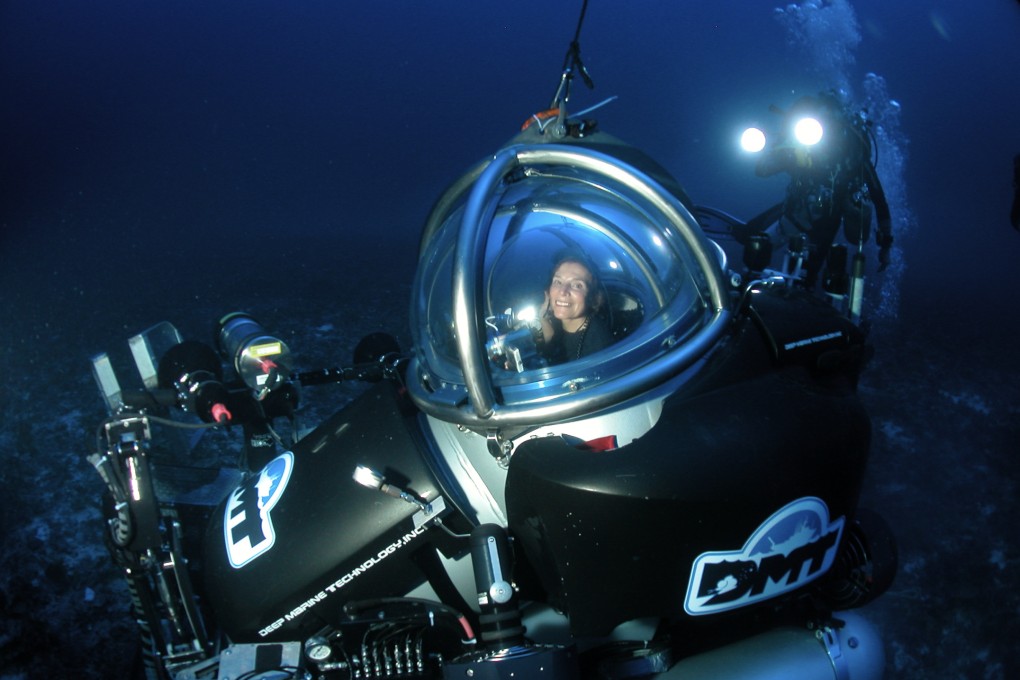Singapore, state-of-the-art submersibles and Sylvia Earle’s depth-defying dream
Renowned US marine biologist Sylvia Earle has a vision of Singapore as a hub for groundbreaking underwater exploration

If Sylvia Earle had her way, she’d likely spend the rest of her days beneath the waves, exploring the ocean’s mysteries from the comfort of a submarine.
The 89-year-old marine biologist and former chief scientist of the US National Oceanic and Atmospheric Administration has spent a lifetime championing ocean conservation and exploration.
She was among the first people to ever use scuba gear and in 1970, she spent two weeks living underwater at the Tektite II research station with four other “aquanauts”. Nine years later, she set a record for the deepest untethered walk on the ocean floor, descending 381 metres (1,250 feet) in an armoured diving suit known as JIM.
“Why not Singapore, a place that connects to the Pacific Ocean, with some of the most incredible diversity of life, areas that are just waiting to be explored, beyond where divers can go at 50 metres?” she told This Week in Asia at Bluewater Edufest, a marine conservation summit held in the city state last week.

Earle believes exploring the 75 per cent of the ocean that remains uncharted could reveal “secrets” vital for reshaping humanity’s exploitative relationship with the planet’s largest carbon sink.
